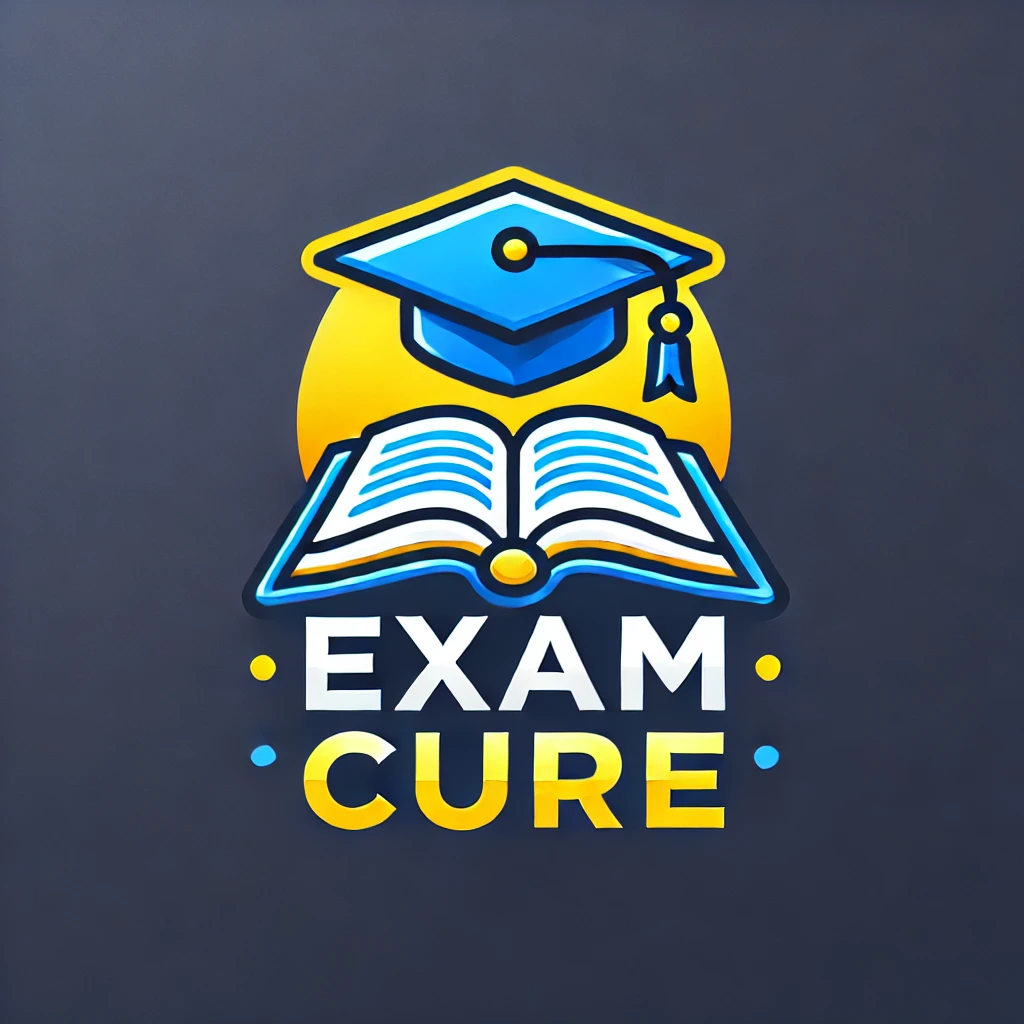Hypertension is one of the most common chronic diseases seen in family practice. It is essential to know:
- How to diagnose and classify blood pressure (normal, elevated, stage 1, stage 2)
- Lifestyle modification strategies including DASH diet, sodium reduction, weight loss, and exercise
- When to initiate pharmacological therapy
- Which medications are first-line: ACE inhibitors, ARBs, thiazide diuretics, and CCBs
You’ll also need to manage special scenarios, such as:
- Hypertension in diabetics and CKD patients
- Resistant hypertension
- Hypertensive urgency vs. emergency
- Cardiovascular risk calculators (e.g., ASCVD)
💡 Exam tip: Always match your management with the patient’s risk profile — not just the BP number.
Type 2 Diabetes Mellitus is a foundation topic. You must know:
- Diagnostic thresholds: HbA1c ≥6.5%, FPG ≥126 mg/dL, OGTT ≥200 mg/dL
- First-line treatment: Metformin
- When to escalate therapy: SGLT2 inhibitors (especially in CVD, CKD), GLP-1 RAs, or insulin
- How to prevent and detect complications:
- Annual retinal exam
- Yearly urine microalbumin
- Monofilament testing for neuropathy
You should also recognize emergencies like:
- DKA (Diabetic Ketoacidosis): more common in T1DM
- HHS (Hyperosmolar Hyperglycemic State): seen in elderly patients with T2DM
💡 Exam tip: Be clear on the management differences between metformin, sulfonylureas, SGLT2i, and insulin — and when each is appropriate.
Preventive care is at the heart of Family Medicine. Expect many MCQs asking about:
Cervical cancer screening: Pap smear every 3 years (21–29), every 5 years with HPV (30–65)
Breast cancer screening: Mammogram every 2 years from 50–74
Colorectal cancer: Start at 45 years; options include FIT, FOBT, sigmoidoscopy, colonoscopy
Lipid panel: Men ≥35, women ≥45 or younger with risks
Osteoporosis screening: Women ≥65 or younger if high risk
Lung cancer: Low-dose CT in smokers aged 50–80 with 20+ pack-year history
💡 Exam tip: Watch out for questions on what not to screen (e.g., prostate cancer in asymptomatic elderly men).
You will encounter questions on:
Contraception choices: OCPs, IUDs, implants — and which to use for teens, smokers, or perimenopausal women
Pap smear results: ASC-US, LSIL, HSIL — and what follow-up is indicated
Menopause management: HRT indications, contraindications, and non-hormonal alternatives
Prenatal care basics: Folic acid supplementation, initial labs, and routine screening during pregnancy
💡 Exam tip:
Know when to recommend estrogen-only vs. combined HRT and who absolutely should not receive it (e.g., history of breast cancer, DVT)
Key points to focus on include:
Vaccination schedules: First-year vaccinations, MMR, DTaP, HPV, and catch-up doses
Growth and developmental milestones: When should a child smile, walk, talk, or scribble?
Screenings: Anemia, lead, vision, and hearing
Behavioral problems: ADHD diagnosis and treatment basics
Adolescent health: Confidentiality, STI screening, menstrual issues
💡 Exam tip: Be able to distinguish between normal variation and developmental delays that require referral.
Elderly patients come with their own challenges. Key topics:
Fall risk assessment: Timed Up and Go test, home safety, vitamin D
Cognitive assessment: MMSE, MoCA, early signs of dementia
Polypharmacy: The Beers Criteria and deprescribing strategies
Urinary incontinence and frailty
💡 Exam tip: Always consider medication interactions and side effects in elderly patients with multiple comorbidities.
Mental health is a major focus in Family Medicine. Know how to:
Use PHQ-9 and GAD-7 screening tools
Initiate SSRIs and monitor for side effects
Triage suicidal patients with clear plans and intent
Recognize signs of postpartum depression, panic attacks, and adjustment disorder
💡 Exam tip: Don't forget to consider cultural factors and comorbidity with chronic illness when diagnosing depression.
You will be tested on common MSK presentations:
Back pain: When to order imaging? Red flags like cauda equina
Knee and shoulder pain: Meniscus vs. ligament vs. osteoarthritis
Tendonitis, bursitis, plantar fasciitis: conservative management
Initial fracture management: Splinting, RICE, when to refer
💡 Exam tip:
Know when not to prescribe imaging — avoid unnecessary X-rays for acute low back pain with no red flags.
Prevention is key. Be confident in:
Smoking cessation counseling: 5 A’s (Ask, Advise, Assess, Assist, Arrange)
Obesity management: BMI screening, counseling, pharmacotherapy basics
Alcohol use: CAGE or AUDIT screening tools
Physical activity guidelines and motivational interviewing techniques
💡 Exam tip:
Expect MCQs where patient refuses change — and you must choose the most supportive counseling strategy.
This is what makes Family Medicine unique. Understand:
The value of continuity of care in chronic disease management
How to address family dynamics, cultural context, and shared decision-making
The biopsychosocial model
Care across the lifespan — from birth to geriatrics
💡 Exam tip:
Know the definition of continuity and its impact on compliance, preventive health, and hospitalization rates.
Focus on real-life clinical scenarios, not just theoretical knowledge
Practice with case-based MCQs and past recall questions
Know screening guidelines and pharmacologic indications
Review common presentations, first-line treatments, and when to refer
Stay updated with guidelines from USPSTF, AAFP, ADA, GINA, GOLD, WHO
The Family Medicine exam is broad, but with focused preparation, you can succeed. These 10 topics cover over 80% of what you’re likely to encounter. Master the clinical basics, commit preventive guidelines to memory, and practice communication and triage skills. Remember, Family Medicine is not just about treating illness — it’s about caring for the person behind the patient, across time, conditions, and generations.

